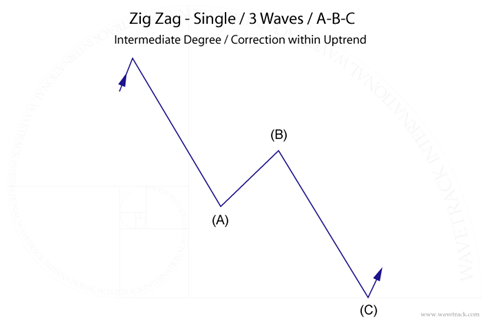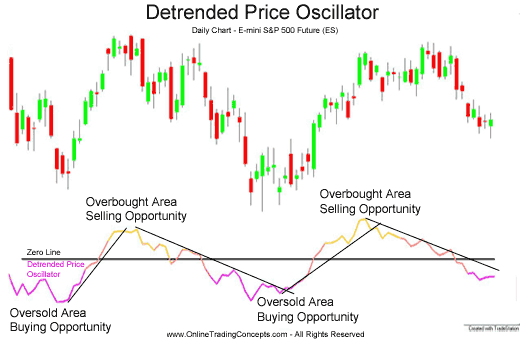Interpreting the Price
Post on: 16 Март, 2015 No Comment

Your suggestion is on its way!
This mismatch between outlook and share price is, in fact, typical in a sector whose character has changed rather suddenly.
In the recent past, telecom was a rapidly expanding and technologically advanced sector benefiting from premium pricing for its products. The first thing to change was the premium pricing, as market saturation pushed telecom services into aggressive price-cutting.
This continued even with the next generation technology, WAP, which failed to trigger substantial new business. Then came massive new costs — funded through heavy debts — as licences were auctioned.
Together, these changes made for a sector of a whole other nature than five years earlier. And that was before the downturn! Currently, telecom is a saturated market with virtually no technological differentiation, too many suppliers and too much debt.
Unfortunately, when an entire sector pulls off a change in character as swift as this, investors are sometimes slow to appreciate the underlying nature of the shift. Expectations of a recovery to the golden days can linger long after the factors that made for the initial heyday have disappeared.
So, we end up with a sector with huge sentiment still built into pricing. Make up you own mind whether this will be:
- sustained forever,
- eventually supported by an improvement in the fundamentals, or
- ultimately corrected out of the share price.
The P/E as a red flag
In fact, we have repeatedly seen this kind of red flag over fashionable sectors: perhaps most recently in 1998/1999 over the Internet industry. The surprising thing is that we have not yet fully absorbed its significance.
We have certainly seen it enough times. Thirty years ago, smart investors were buying only into the so-called Nifty Fifty. This elite club included companies such as IBM and Coca-Cola, which in the eyes of many could do no wrong. However, once the P/E ratios on these companies had moved into the 60 to 90 range, the party was over. Even these companies couldn’t deliver the profit growth necessary to support share prices at this kind of multiple. The Nifty Fifty subsequently produced way below average returns for close to the next decade.
Moreover, on every single occasion where the P/E ratio for the entire market (not just one sector) has risen substantially above 25 there has subsequently been a marked correction in the market (a sharp fall in share prices).
The P/E behaving normally

Of course, to spice things up, a high P/E can also mean the opposite of trouble — it may just be the marker of a true growth industry.
Before you can spot red flags, you need to know what is normal for the P/E. For instance, each sectors’ average P/E reflects the speed of expansion in that industry, how cyclical it is — industries that traditionally move from boom to bust every 6 to 10 years tend to have rather low P/Es — and its rate of technical renewal.
Average P/Es also shift depending on the position in the economic cycle. Construction company shares will be far more highly valued as we enter an upturn than they are with a slow-down approaching.
To find P/E ratios for whole markets and different sectors check tables such as the Actuaries Share indices in the FT, or look for an extra line under each sector in the straight share price statistics. For prospective P/Es for entire sectors and markets we again go to the brokers’ analysts.
It’s also worthwhile watching for the highest or lowest individual P/Es within each sector.
If a P/E or prospective P/E is lower than the norm for a sector, we say the share is at a discount — it’s relatively cheap. Conversely, when an individual P/E is higher than the norm, we say the share is at a premium, that is, relatively expensive.
But, in fact, the vital element in determining whether this share is truly a bargain are the reasons for the current valuation. and their validity.
Prices beyond reason
On its own, each P/E ratio is meaningless. The P/E points us to optimism or pessimism, which we must then find the reasons for. In doing this, we reach vital information for our business readers.
For example, a massively high P/E is sometimes the result of a rumoured take-over. Or it may reflect an industry in tatters, where the share price is yet being supported by small shareholders reluctant to face reality — retaining their holdings in the hope of better times.
It may equally reflect confidence in a new product that’s set to be a blockbuster!
Whatever the story behind a variation from a normal share valuation, investors should know about it.
Above all, the underlying reasons for current levels of optimism (or pessimism) are critical in determining whether such valuations are likely to persist.
So, remember, no one P/E ratio has a fixed meaning (good or bad). There is no cut-off for what is high or low. There is, however, normal and abnormal. So, get familiar with the normal. Then you can use the abnormal to get straight to the places where share prices are most definitely moving out of step.














